Frozen pipes are more than just an inconvenience—they can cause severe damage to your property. Whether you’ve experienced it firsthand or have heard the stories, it’s important to stay prepared and know what to do if it does happen.
Those deep-winter cold snaps can send temperatures plummeting, and homes with exposed or inadequately protected plumbing can have pipes freeze—or worse, burst—under the pressure of expanding ice.
It’s not just homes that are at risk—your business property is just as vulnerable to a sudden freeze
Commercial properties are susceptible to the same sorts of dramatic changes in temperature as residential properties. In fact, they can be even more vulnerable since business facilities are often unoccupied during off-hours and weekends.
An undetected leak on a cold night can quickly escalate into significant water damage by morning.
No Way To Do Business
Fixing broken pipes is not cheap, but water damage to your business from burst pipes can be considerable. Water damage from frozen pipes can lead to significant repair costs, including replacing plumbing, furniture and equipment.
It also can be time consuming just to schedule repairs, and depending on the extent of the damage, profitable operations could be impaired until they’re completed. Remember: an arctic chill that takes out your plumbing will probably clobber other businesses too. You could get stuck waiting a while for a commercial contractor.
So, the best solution is to understand why and where pipes freeze and burst, then put a plan in place to prevent it.
Why Pipes Freeze
The pipes that bring water to your taps are pressurized, meaning that they’re usually full of water at all times. At normal temperatures — anywhere between 32 and 212 degrees Fahrenheit — the water in the pipe remains liquid, and both the water and the pipes behave as expected.
Once temperatures drop below freezing, water inside pipes can begin to freeze, leading to expansion and increased pressure.
By contrast to most chemical compounds, water expands as it freezes. When that expansion occurs in a confined area such as a pipe, it eventually creates a blockage, and any water that has not yet frozen is pushed away from the expanding ice. This can ultimately produce excessive pressure that the pipe itself (or even one of the fittings along its length) is not structurally able to withstand, resulting in a crack or tear.
At that point, you’re dealing with a burst pipe.
Where Pipes Freeze
Are there trouble spots where pipes are more likely to burst? Yes: the most vulnerable pipes are those that are not contained within the heated interior of a building.
As a rule of thumb, any area that is warm enough for a person to comfortably work in without winter clothing would be relatively safe from pipe bursts — assuming a normal, uninterrupted supply of workplace heat. Conversely, any area that would be too cold for a person to sit in for an extended period would require additional measures to protect pipes from freezing.
Some obvious areas where this could be a problem include attics, basements, wall voids and crawl spaces, but in thinly insulated zones, even enclosures like cabinets or vanities can get cold enough to allow a pipe to freeze.
Preventing Frozen Pipes
By making sure that pipes are adequately heated and monitored for problems, you can greatly reduce the likelihood of catastrophic damage from a burst pipe. Here are a few pointers that can help reduce your risk.
Heating
To prevent pipes from freezing, ensure that all areas of your facility are adequately heated—especially hidden spaces like cabinets and crawl spaces where pipes may be exposed.
While that may sound a bit obvious, consider that much of a building’s plumbing is not directly exposed to the same comfortable atmosphere as its human inhabitants. Snoop around your facility — opening cabinets, drawers, crawl-space doors — and feel the surfaces inside those hidden spaces. If they’re cold, so are your pipes.
Consider leaving those doors and drawers open, and if necessary, apply heat tape to the pipes. While that’s a small drag on your electric bill, it’s way less expensive than repairing a busted pipe. (Pro-tip: if you use heat tape without a thermostat or timed shut-off, you can set an October calendar reminder to plug the tape in and another in April to unplug it.)
Insulation
Bare pipes are vulnerable pipes. Wherever possible, make sure there’s a layer of insulation between the pipes and outer walls, and insulate the pipes themselves with fiberglass or polyethylene pipe insulation available at most well-stocked hardware or home repair stores.
If you’re using heat tape along with pipe insulation, make sure the tape is wrapped around the pipe before fitting the insulation.
Sealing
While most of your facility’s outer shell (roof, siding, etc.) is adequate to keep the elements at bay, it may not be as good at keeping out the wind.
While you’re inspecting your facility, be on the lookout for gaps or holes that allow outside air into spaces through which your piping runs. Heat transfers (escapes) much more rapidly in moving air, so plugging those holes can make a substantial difference in how quickly your pipes freeze.
Monitoring
Installing a monitoring system can provide real-time alerts when temperatures drop, helping you take action before a freeze occurs. ERIE’s risk control experts can advise on the best systems for your business.
Handling Frozen Pipes
Not every frozen pipe bursts, but ice in your plumbing is a sign of worse problems to come. If you detect pipe freeze (e.g., no water coming from an open tap), apply heat cautiously using tools like a hair dryer or hot water bottles. Avoid open flames, as they can cause further damage. The idea is to get a steady supply of heat back into the pipe. Also, be sure to leave a tap or two on to relieve the pressure and give that water someplace to escape.
Protect Your Business
Even with the best precautions in place, winter weather can throw some nasty curveballs. At ERIE, our risk control consultants work with you year-round to identify and address risks—ensuring that your business stays protected, no matter the weather.
Don’t wait to find out if your business is protected in the event of a plumbing catastrophe. Commercial property policies from Erie Insurance may provide coverage that helps keep businesses safe in the event of unforeseen emergencies. Contact your local ERIE agent today to ensure your business has the coverage it needs to weather any storm. We're here to help you protect what matters most.
Insurance Products mentioned herein are subject to terms, conditions, limitations, exclusions and sub-limits not described in this article. Please see your policy or talk with your ERIE Agent.
ERIE® insurance products and services are provided by one or more of the following insurers: Erie Insurance Exchange, Erie Insurance Company, Erie Insurance Property & Casualty Company, Flagship City Insurance Company and Erie Family Life Insurance Company (home offices: Erie, Pennsylvania) or Erie Insurance Company of New York (home office: Rochester, New York). The companies within the Erie Insurance Group are not licensed to operate in all states. Refer to the company licensure and states of operation information.
The insurance products and rates, if applicable, described in this blog are in effect as of January 2024 and may be changed at any time.
Insurance products are subject to terms, conditions and exclusions not described in this blog. The policy contains the specific details of the coverages, terms, conditions and exclusions.
The insurance products and services described in this blog are not offered in all states. ERIE life insurance and annuity products are not available in New York. ERIE Medicare supplement products are not available in the District of Columbia or New York. ERIE long term care products are not available in the District of Columbia and New York.
Eligibility will be determined at the time of application based upon applicable underwriting guidelines and rules in effect at that time.
Your ERIE agent can offer you practical guidance and answer questions you may have before you buy.





